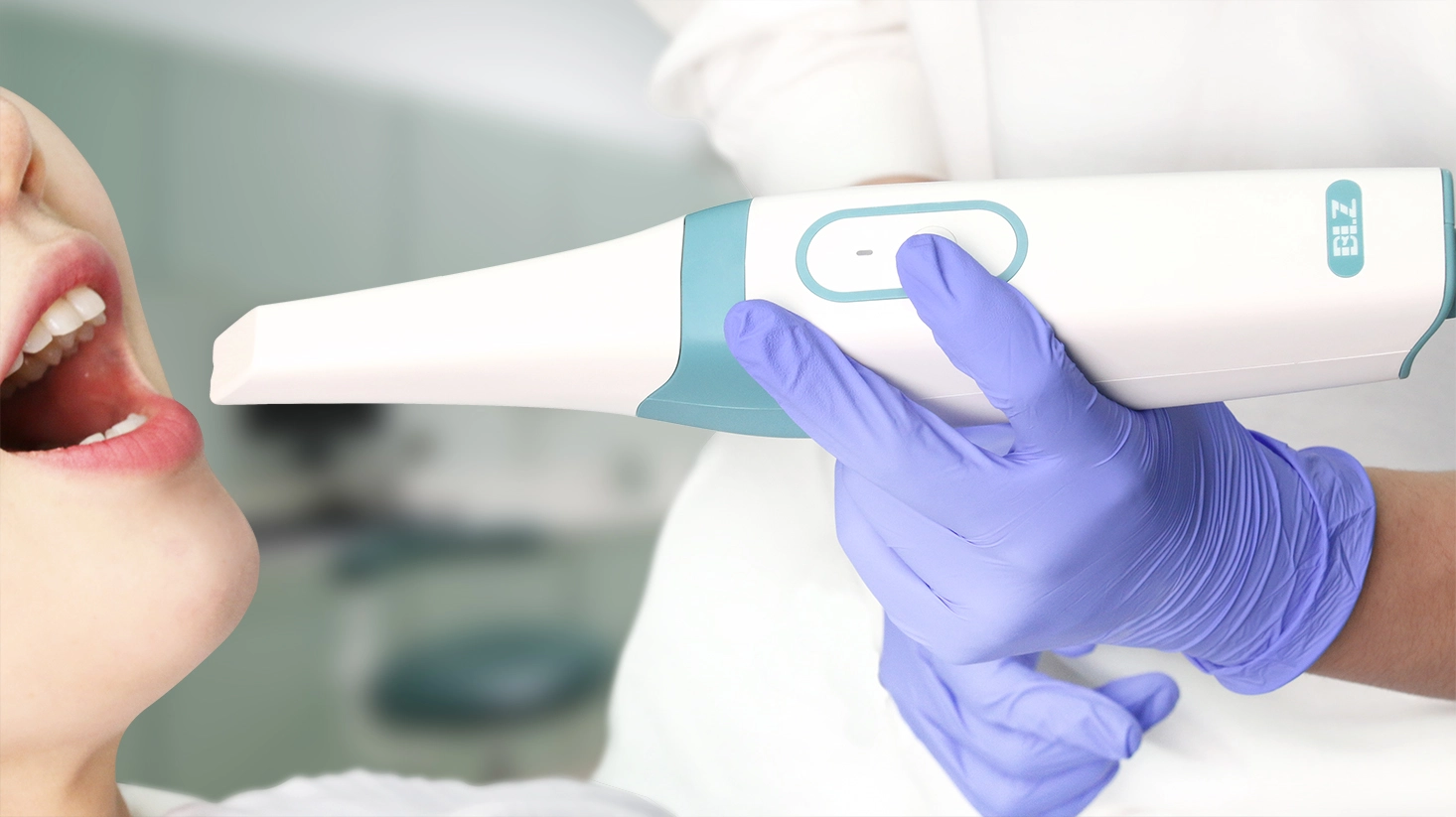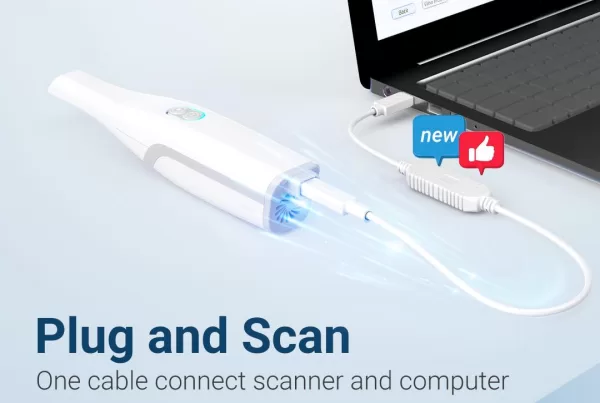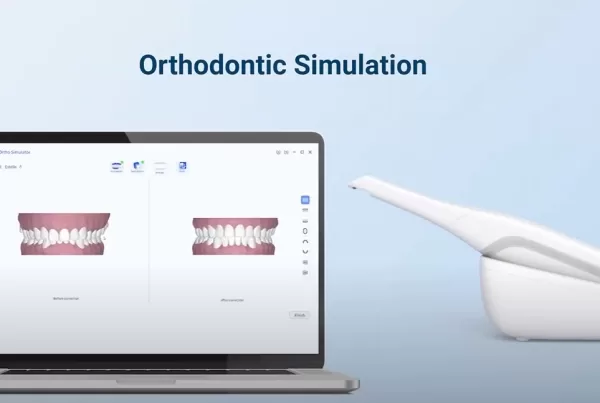
Intraoral scanners (IOS) are devices used in dentistry to capture direct optical impressions. New technologies appear in order to overcome the difficulties associated with traditional techniques. For example, specialists have developed intraoral scanning and CAD/CAM technologies for dental practice in recent decades. In this article, we will discuss how intraoral scanning techniques affects dentistry treatment.
For Patients
-
Reducing patient discomfort
With digital impressions, patients can avoid the unpleasant taste of traditional impression materials, bulky, cumbersome trays, and the risk of gagging.
-
Getting better communication with dentists
IOS can visualize treatment options for patients. 3D scans showed on the monitoring screen allow doctors to tell patients the expected outcomes of their orthodontic treatment.
For Dentists
-
Achieving time efficiency and simplifying clinical procedures
Physical impressions needs all these things from PVS material to model plaster. However, intraoral scanning workflow can virtually eliminate all these stuffs. Thus, we can cut the procedures of taking, storaging and shipping the impressions.
-
Allowing better communication with the dental technician and with patients
With digital impressions, dentists can communicate with the dental technician and patients in a much easier way. By just sending digital 3D model files, dentists can get in touch with the dental technician. Besides that, all the procedures of the treatment, from impression to design, can be seen and discussed among the three parties: patient, dentist and technician.

